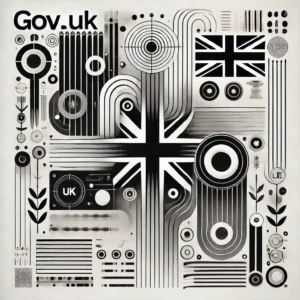Have you ever questioned how effective are brainstorming sessions? Does everyone get a chance to share their opinions, or do you find that the people with the loudest voices dominate the discussion? As an alternative, have you ever heard of Brainwriting? Though these two ideation titans share the same prefix and the noble goal of innovation, their paths to creativity are very distinctive. Let’s dive into the nuances of each to uncover which method might just unlock the next groundbreaking user experience breakthrough.
Brainstorming: The Old School Social Butterfly
Brainstorming is the extrovert of the ideation family. It thrives on social interaction, dynamic exchanges, and the kind of spontaneous combustion of ideas that only occurs when creative minds collide in real-time. Picture this: a room full of eager participants, a whiteboard begging for marker ink, and ideas flying like popcorn kernels in hot oil. It’s lively, it’s chaotic, and it’s as traditional as office coffee.
The essence of brainstorming lies in its group-centric approach. It’s a verbal volley of ideas, where each suggestion sparks another. The rules are simple: no idea is too wild, judgment is suspended, and quantity trumps quality. The goal is to build a mountain of ideas from which to mine the golden nuggets.
However, brainstorming is not without its critics. Detractors argue it favors the loudest in the room, potentially overshadowing quieter, yet equally brilliant, minds. It’s akin to a dance floor where the boldest movers hog the spotlight, leaving wallflowers in the shadows. Plus, the pressure to contribute can sometimes stifle creativity rather than foster it.
Brainwriting: The Introvert’s Idea Incubator
On the flip side of the coin lies Brainwriting, the introspective cousin in the ideation family. If Brainstorming is a bustling pub, Brainwriting is more akin to a library study room—a heaven for quiet contemplation and individual creativity.
The process is elegantly simple: Participants write down their ideas independently, often on slips of paper or via digital tools, which are then pooled together for group discussion. This method levels the playing field, giving each idea, regardless of its author’s volume, equal opportunity to shine.
Brainwriting shines a spotlight on the introverts, the thinkers who craft their best ideas in the quiet corners of their minds. It circumvents the social hierarchy that can dominate traditional brainstorming sessions, ensuring a democratic distribution of voice and value. Moreover, it reduces the pressure-cooker environment that can sometimes render brainstorming sessions less effective.
Choosing Your Champion: Context is King
So, which method is better? It depends. The answer lies in understanding your users—or in this case, your participants. Brainstorming may be the go-to for teams that thrive on energy and interaction, where the fast-paced exchange of ideas can spark brilliance. It’s suited for groups that are socially cohesive and where extroverted personalities dominate.
Brainwriting, however, is the unsung hero for diverse teams, especially those with members who prefer time to ponder before presenting their pearls of wisdom. It’s particularly effective in situations where introverts might be drowned out, or in remote teams where digital tools can facilitate the process seamlessly.
The Final Word: A Blend of Both?
In the realm of UX, where empathy and understanding user needs are paramount, perhaps the most effective approach is not to choose between Brainstorming and Brainwriting, but to blend them. Initiating with Brainwriting can ensure every voice is heard, followed by a Brainstorming session to build on and refine those ideas. This hybrid approach can harness the strengths of both methods, fostering an inclusive atmosphere that maximizes creative output.
Ultimately, the choice between Brainstorming and Brainwriting—or a blend of both—should be dictated by the unique dynamics of your team and the objectives of your ideation session. By tailoring the method to the moment, UX specialists can unlock the full spectrum of creativity, propelling projects from the mundane to the magnificent. After all, in the pursuit of innovation, the best path is often the one less traveled, paved with the bricks of diversity, inclusivity, and understanding.







